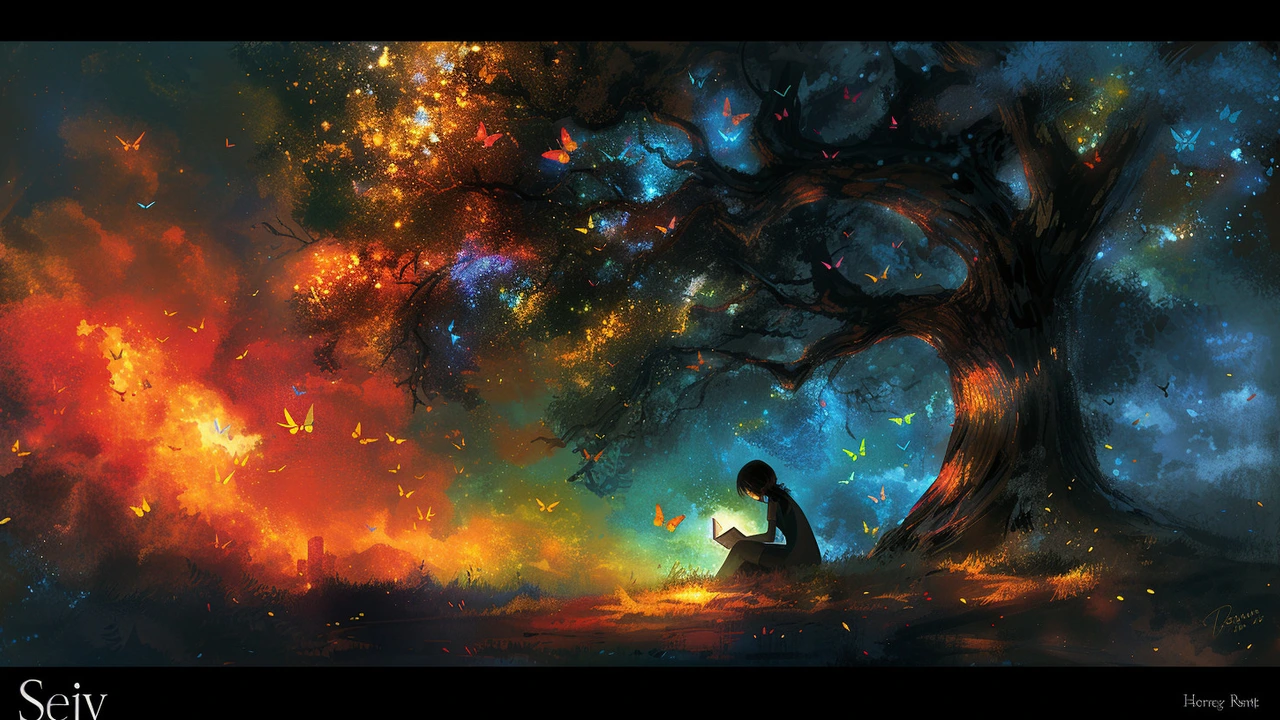Fantasy Art: Build Strong Worlds, Characters, and Mood
Want your fantasy art to feel real, not random? Start by naming one clear rule for your world. A simple rule makes choices easier and gives every element a reason to exist. Pick a weather rule, a magic limit, or a cultural quirk. Use that rule to guide color, architecture, and costume choices. Work small: design one street, one creature, and one object tied to the rule. When you finish, those pieces will pull the whole scene together.
Lighting sells mood. Decide if your scene feels warm, cold, or eerie, then choose a single dominant light source. Paint shadows that tell a story — long and soft for mystery, sharp and contrasty for danger. Add small highlights on metal or eyes to draw attention. If you mix styles, like photorealism with surreal shapes, keep lighting consistent so the brain accepts the combo.
Characters need limits. Give your hero one clear goal and one visible flaw. Make gear that shows history — a patched cloak, a dented sword, a faded sigil. These details tell stories without words. For creatures, think about how biology matches the world rule you set earlier. Does a flying beast need hollow bones? Does magic replace breath? Ask questions and sketch quick solutions.
Practical tools and styles
Use references. Collect photos for poses, textures, and costume bits. Try combining real photos with painted elements to get a believable base. If you want a crisp finish, study photorealism pieces on this site for craft ideas. If mood matters more, look at magical realism and Baroque lighting for drama. Experiment with brushes: a rough textured brush can sell ancient walls better than a soft blender.
Troubleshooting common problems
Is composition flat? Break the plane with foreground elements and overlapping shapes. Are faces looking empty? Add a small catchlight and a clear brow line. Does color feel muddy? Limit your palette to three dominant hues and a neutral. Tight deadline? Block values first, then add details. These quick fixes keep work moving.
Find inspiration around the site: articles on magical realism, photorealism artists, and period lighting will spark ideas. Start small, keep rules clear, and test one bold idea each day. Share rough versions for feedback early — most good fixes come from other eyes. Ready to make something strange feel true? Start with one rule and one strong light.
Practice habits that speed progress: set a 30 minute sketch timer, build a small reference library, and save layered files for later edits. Try thumbnailing five different layouts before choosing one. When stuck, change your view by cropping the canvas or flipping it horizontally. Keep a short notes file noting cool textures and color combos you discover. Over time these tiny routines create confidence and reduce wasted work. Make feedback a habit, not a rare event.
Bookmark related posts and return often. Your best fantasy work will arrive after many experiments, edits, and a few brave failures. Keep sketching every single day.

